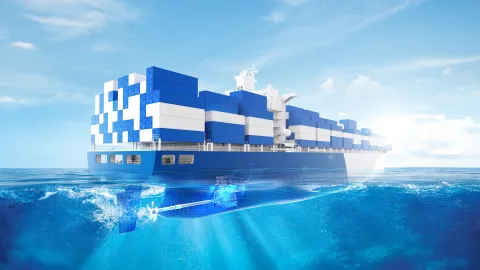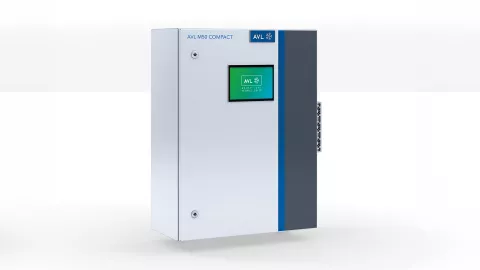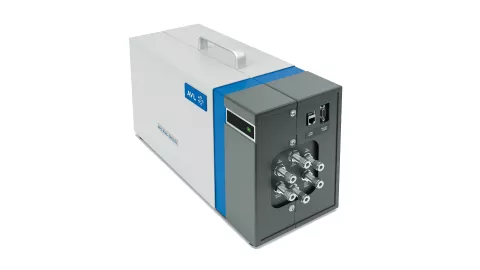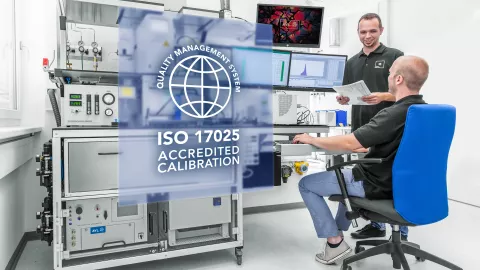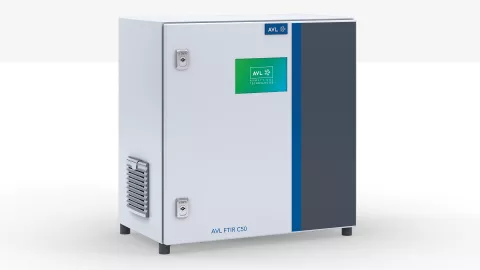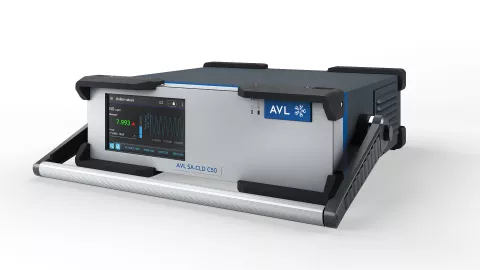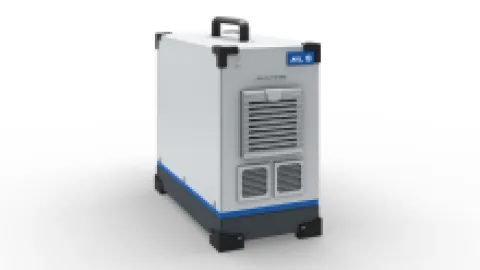Air pollution from the maritime sector in modern times is by far more complicated than before. The main challenges are:
- Stringent emission regulations
- New maritime fuel regulations
- EU – GHG Trading Scheme
- Diverse alternative fuel solutions
- Cost management and voyage planning
This automatically increases the operating cost for all stakeholders in maritime industry. Hence, all stakeholders have to overcome these challenges and help to further improve air quality.

Stringent Emission Regulations, GHG & Alternative Fuels
To tackle the stringent emission regulations, marine emission abatement technologies like scrubbers, SCR catalytic converters have been drastically improved. While the European Union Emission Trading Scheme (ETS) is in-force in all European sea areas, all ships (>4,000 GTW) have to monitor, record and verify their Greenhouse Gas (GHG) emissions and report them to authorities. Hence, ships are commonly equipped with emission abatement technology and engines which are capable of operating with more than one fuel type. AVL offers a broad range of reliable and accurate gas analytical solutions for single and multi-component emission analysis e.g.:
- CLD analyzer for NO/NOx measurement
- NDIR/NDUV analyzer for CO, CO2, CH4, N2O & SO2 measurement
- FTIR analyzer for multi-component measurement
- TCD analyzer for H2 measurement
- ECD/ZrO2 analyzers for O2 measurement
In addition, AVL offers software solutions as a one stop service.

On-Board Verification
Modern marine vessels use complex propulsion systems and diverse alternative fuels, leading to unprecedented challenges in survey and inspection processes required to issue or endorse certificates. These verifications are carried out by officers of the Administrations or Recognized Organizations on board to prove compliance with the NOx Technical Code. The Engine Parameter Check method is commonly used for on-board verification due to its simplicity and low effort. However, an increasing number of old marine vessels is retrofitted with modern engines or propulsion systems which fulfill the latest emission regulations. Hence, the Engine Parameter Check method can no longer easily or accurately prove emission compliance. Alternatively, a direct emission determination method as specified by the NOx Technical Code can provide accurate emission data. The AVL portable analyzer portfolio includes a broad range of accurate gas analyzers. Thanks to their robust, compact design, AVL portable analyzers are easily carried and operated on board marine vessels.
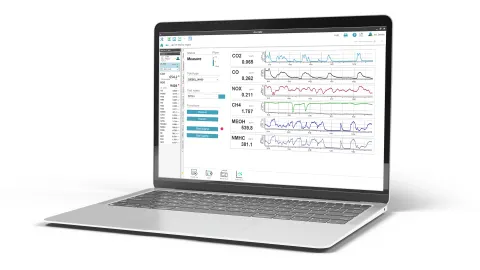
Sustainable Analytical Solutions
- Minimum production waste resource, thanks to compact and light weight design.
- With more than 50 years experience and in-house tools and methodologies in gas analytical solutions, development time can be shortened and number of prototypes can be reduced.
Maximize Usability and Low Operating Costs
- Stay connected anywhere & anytime thanks to web-interface operation.
- Easy setup and handling with no external wiring for additional modules.
- No operation gases beside the zero gas for background measurements needed during operation, e.g.: no synthetic air for FID required, no pure O2 for CLD required, no liquid N2 for FTIR required.
Highest Performance and Robustness
- Accurate measurement results thanks to high FTIR spectral resolution of 0.5 cm-1 and low detection limit.
- Unprecedented FTIR method optimization for diverse applications.
- Robust FTIR with internal pump for purging sampling path after measurement with ambient air.

